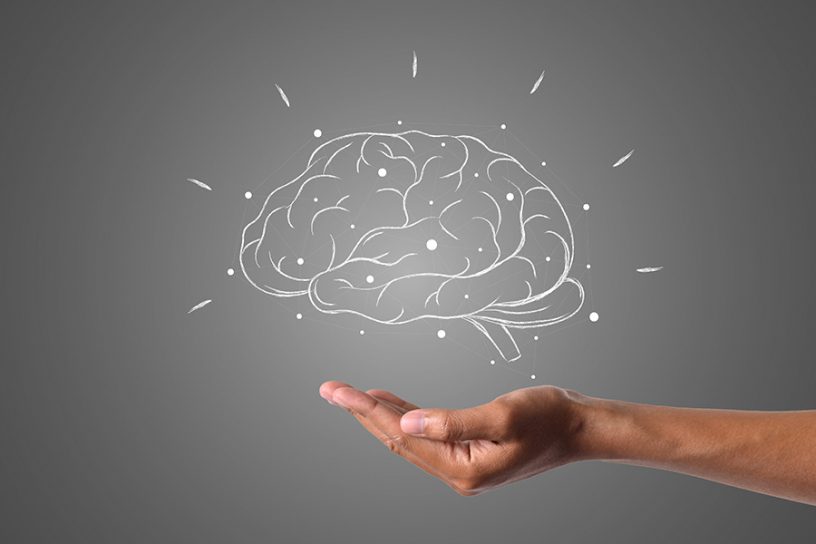
The findings pave the way to integrate spatio-temporal dynamics of hierarchically connected behavioral responses.
Authors
Piyush Pranjal, Associate Professor of Practice (Management), Jindal Global Law School, O.P. Jindal Global University, Sonipat, Haryana, India.
Anindya Pattanayak, Organizational Behavior and Human Resource Management, Indian Institute of Management, Ranchi, India.
Tanusree Dutta, Organizational Behavior and Human Resource Management, Indian Institute of Management, Ranchi, India.
Pushpendra Singh, International Center for Materials and Nanoarchitectronics (WPI-MANA) and Research Center for Advanced Measurement and Characterization (RCAMC), National Institute for Materials Science (NIMS), 1-2-1 Sengen, Tsukuba, Japan.
Pathik Sahoo, International Center for Materials and Nanoarchitectronics (WPI-MANA) and Research Center for Advanced Measurement and Characterization (RCAMC), National Institute for Materials Science (NIMS), 1-2-1 Sengen, Tsukuba, Japan.
Soumya Sarkar, Marketing Management, Indian Institute of Management, Ranchi, India.
Anirban Bandyopadhyay, International Center for Materials and Nanoarchitectronics (WPI-MANA) and Research Center for Advanced Measurement and Characterization (RCAMC), National Institute for Materials Science (NIMS), 1-2-1 Sengen, Tsukuba, Japan.
Summary
The brain’s cognitive operation for emotion and perception is captured by fMRI images, which activates or deactivates different functional regions in synchronization with the human thoughts and expressions of emotional states. These synchronized pairs of emotional states and images of activated brain regions of interest (ROI) are called functional images.
These images are not useful until we couple the brain’s anatomical map or brain atlases with the ROI images. The coupling of two maps is called normalization, here we used both MNI and Talairach standards.
Then, we investigated five ROI domains of behavioral response shifts, e.g., Action, Cognition, Emotion, Interoception, and Perception to find spatial jumps, periodic jumps between spaces, or multiple ROIs to find invariant geometric shapes.
Each brain function has a specific set of geometric shapes that remain invariant in a 3D orientation, invariants are subject independent, correlate brain behavior and functions with comparative geometric shapes. Our finding paves the way to integrate spatio-temporal dynamics of hierarchically connected behavioral responses.
Published in: Kaiser, M.S., Bandyopadhyay, A., Ray, K., Singh, R., Nagar, V. (eds) Proceedings of Trends in Electronics and Health Informatics, pp 255–265. Lecture Notes in Networks and Systems, vol 376. Springer, Singapore.
To read the full article, please click here.


